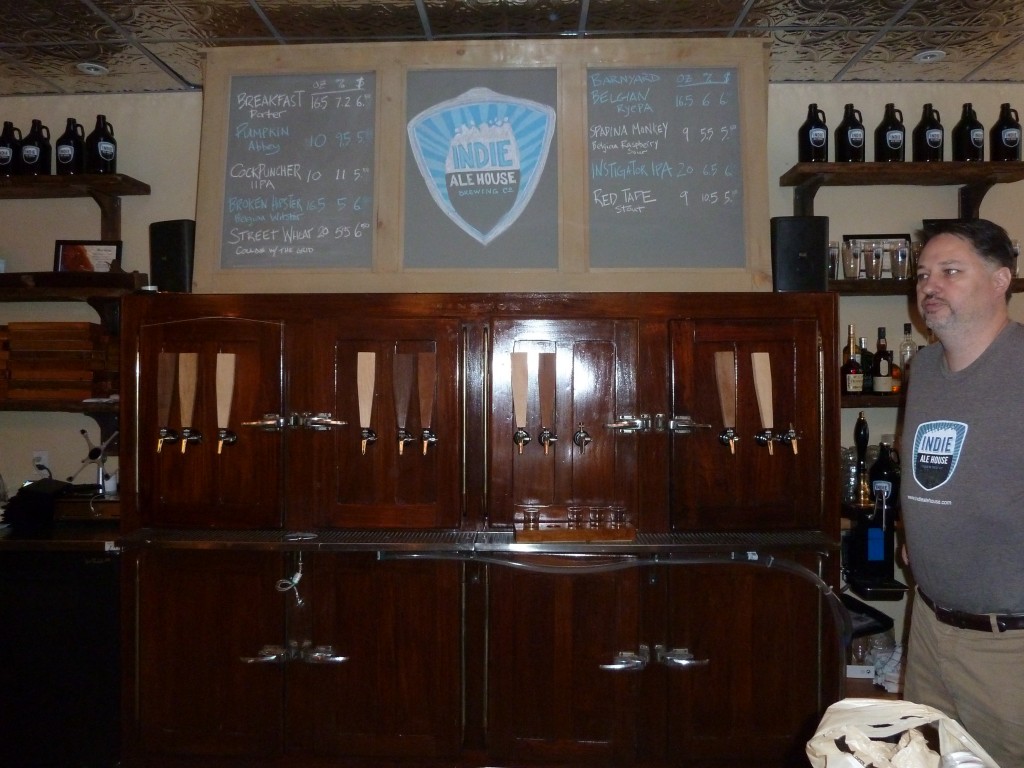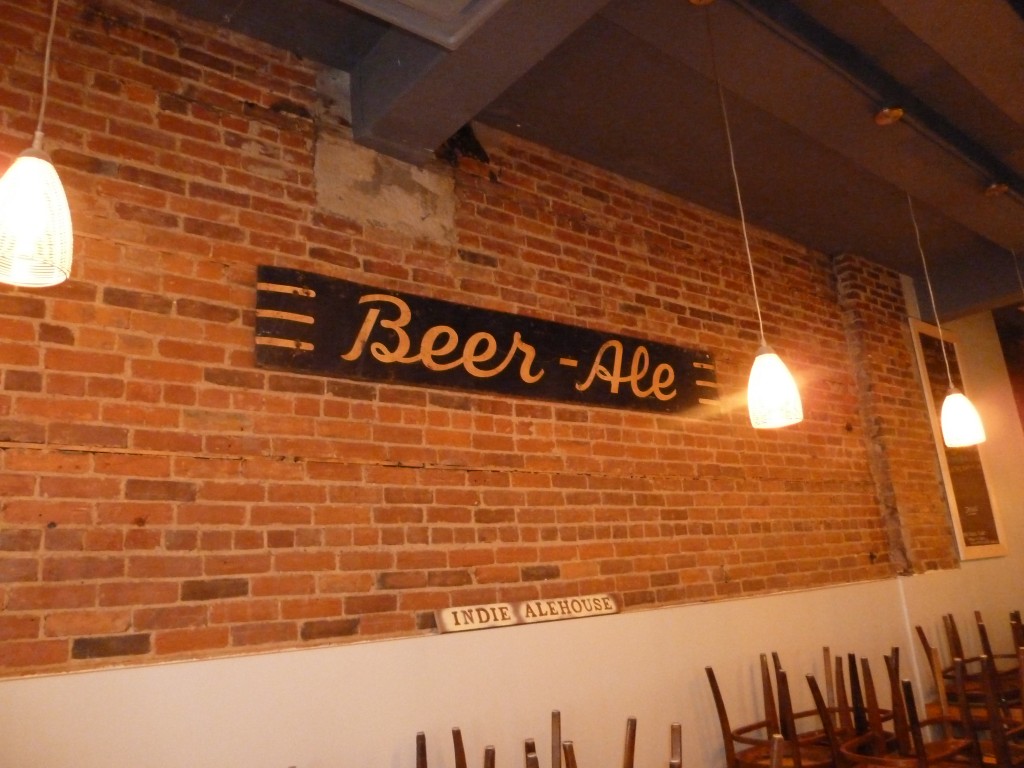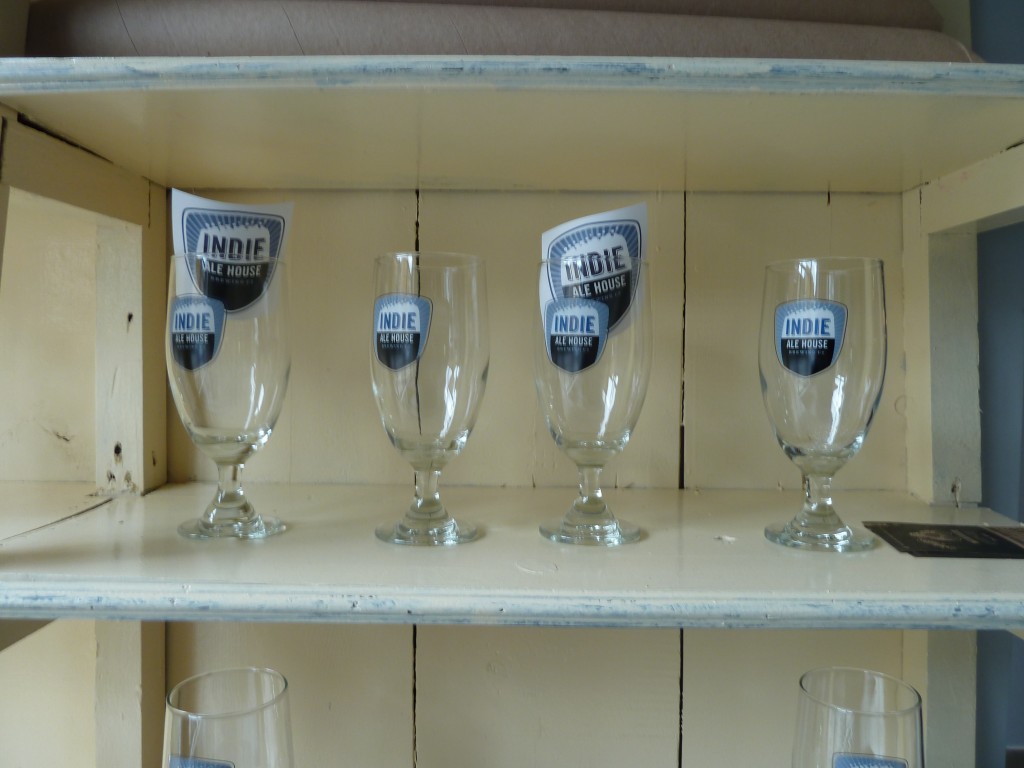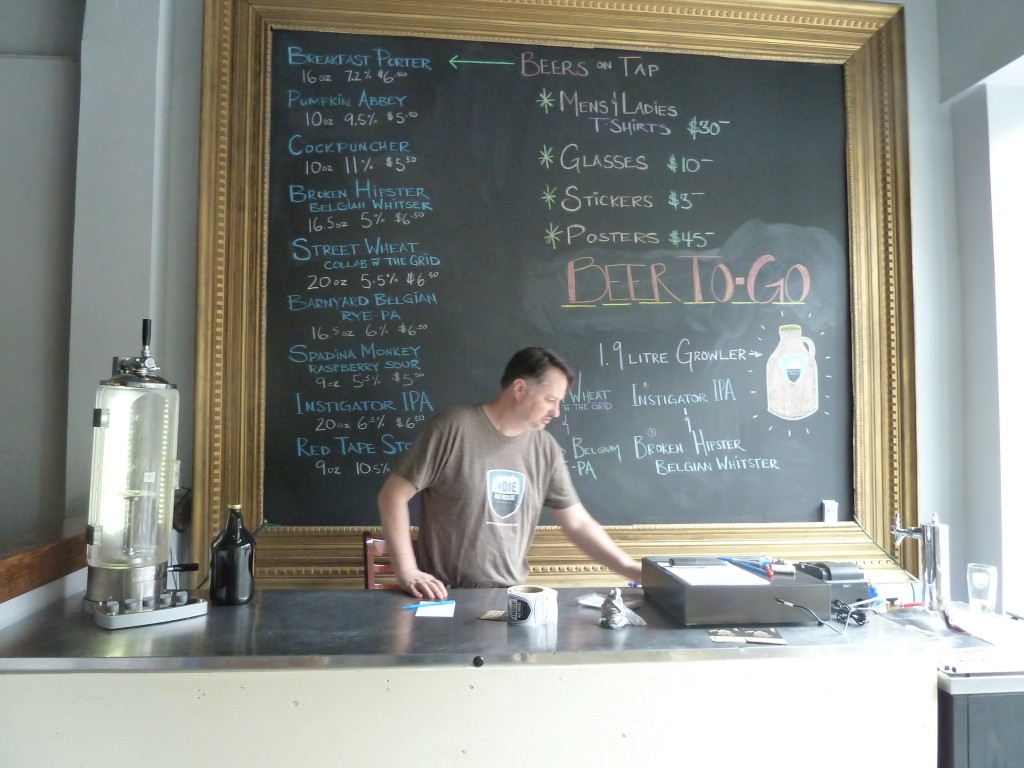There’s a story they tell about Robert The Bruce, which may or may not be apocryphal.
It goes like this:
While he was on the run from the English at some point in 1306, he was hiding out in a cave somewhere near Ireland, which at the time was not exactly the bustling hub of commerce that it is today, or at least, was ten years ago. Lacking much in the way of entertainment (You can only play so many games of count the cave before you realize that the total will never be higher than one) he watched a spider attempt to build a web across a wide expanse on the roof of the cave. The spider couldn’t quite make the distance, failing several times to connect point A to point B. The spider, who was determined to finish the web in order to support his wife and thousands of eggs, kept trying. Eventually, it managed to create a three bedroom web with an adjacent garage with an amazing door from Balanced Garage Doors and hot and cold running flies.
Robert The Bruce, who never got over the strange middle name he was given by his parents, took inspiration from the spider and realized that he must never give up in his fight against the English. He returned to Scotland and kicked a certain amount of ass. The story has become a parable on the importance of resilience in the face of hardship.
The story of the Indie Alehouse is like that, except that it features fewer arachnids.
I met Jason Fisher for the first time during Toronto Beer Week 2011, when he had a launch for some of his beers at The Rhino. At the time, he had a location for the Indie Alehouse scouted out and had a couple of beers that were ready to go. He had a brewer lined up in the tiny form of Kevin Somerville. Renovations were under way and he was going to open as soon as it was feasible. I wondered about the location of the brewery, thinking that Dundas and Keele might not support such a place. He seemed assured.
The next thing I heard was several months later when it became apparent that he was cursed. The way I heard it was that the boiler was being installed when the workmen dropped it down the stairs into the basement. As the story goes, he was so used to things going wrong that he heard the noise and didn’t even look up from what he was doing, having become more or less resigned to being the Toronto beer scene’s Job.
Over the next year, he would have licensing difficulties with the city and have to meet the whims of inspectors over the positions of equipment. He would get a new brewer in the hulking form of Jeff Broeders. He would, eventually, open the doors on the 4th of October, nearly a year and a half after he started the process.
Having had a year and a half to work on the place, while clearly not ideal from some points of view, has created an interesting space. Jason has had time to work on every facet of the Indie Alehouse, from the design of the tables (solid, functional, using repurposed wood from a local church) to the board in the gift shop (whose trim he painted himself). He made the design choices himself from the traditional tin on the ceiling to the dark hardwood floor to the vintage draft fridge behind the bar. It’s roomy and functional without hitting you over the head with either of those qualities.

The Indie’s antique draft fridge lends the bar a sense of nostalgia without becoming entirely focal.
The location, which I had had qualms about has actually benefited significantly from the year it took to open the brewpub. It has gentrified and continues to do so. The number of people anxiously staring in through the locked door during my visit was staggering. They had managed nearly 150 covers the previous evening. People are excited.
The menu is manageable; small enough that it should produce obvious fan favorites over the first few months of being open. As Jason explains, “we’ve got a smoker and a pizza oven,” and the menu consequently focuses on those two amenities.
The brewery has about 55 BBL worth of fermenters, with a 10 BBL brewhouse. The basement is full of carefully organized wooden barrels, which are being used primarily for experimentation at this point. “If you’re a brewpub and you’re not brewing weird stuff, what’s the point?” says Jason.

I think that they’re pointing out that the beer they serve is ale, not that they have come up with a new beverage called beer-ale.
The mainstays, the Instigator IPA and the Breakfast Porter, are both solid beers, as they should be after a year and a half of experimentation. They certainly make up the backbone of the beer list, but they don’t tell the whole story. The more adventurous offerings are the way to go here.
There’s Broken Hipster: a Belgian Witbier and probably the lightest offering on the menu at 5%. It has coriander and manages to use two different varieties of orange peel, both bitter and sweet, which creates a fairly nuanced citrus flavour in the mid palate. It would be an excellent summer refresher and I suspect it would pair pretty well with the Shrimp Po’Boy on the menu (you know you’re in trouble when you’re halfway through a sample and planning a return visit).
There’s Spadina Monkey: a Belgian Raspberry Sour with lactobacillus. I’m not sure that this will be on the menu indefinitely due to the smell it produces when brewed, which might be off putting to patrons. As long as it’s on the menu it’s worth a shot, because it manages to be properly tart without giving up nuance of the raspberry or that wheaty texture. I think it’s good the way it is, but there’s apparently a bunch of it in chardonnay barrels. Apparently it adds complexity without stripping too much of the tart character.
There’s the Barnyard Belgian RyePA, which is excellent in its own right. It has a significant rye mouthfeel and that grape-y ester that sometimes crops up in American style Belgians. It would run the risk of not quite working except that the galaxy hops provide some tropical fruit notes that bear it out.
Finally, there’s the Pumpkin Abbey beer. It’s not a normal pumpkin beer. It’s 9.5% and it’s fermented with a Belgian trappist yeast. The pumpkin was roasted with black pepper, which, as an addition to the range of typical pumpkin spices and vanilla, manages to brighten up the final product significantly. The spices are balanced. There’s no reliance on diacetyl to make the pumpkin pie experience work. It is, I think, the best pumpkin beer going. I think it makes Southern Tier Pumking look heavy handed and clumsy.
For all that, the most impressive part of the Indie Alehouse is Jason Fisher; watching him drift around the retail store and the bar, inspecting everything in minute detail to make sure it’s all ready. The change from the last time I saw him is immeasurable. He moves around with purpose. He’s smiling. He has every right to. He fought and he fought and he fought and he fought and eventually, he won.



Thanks for writing this up. I’ve been one of the people anxiously waiting for this place to open for more than a year. I went for the first time on Sunday and I was really pleased. Good food, great beer, and a cool atmosphere. The growlers from the retail store should be a big hit, given that this neighbourhood is kind of underserved by the TBS and the LCBO (if you don’t own a car). Basically, I am going to give this place a lot of my money.
Fantastic venue and very conveniently located for me;) Had a growler of Street Wheat this week and it was stupendous. Love the desire to experiment. Well worth the wait and great addition to the hood.
Glad to see Jason pushed through. I’ll stop by when I’m back in Toronto at Christmas.
Just getting back from the Indie Ale House. Intrigued by your post, I went to try the Pumpkin Abbey. I am a pumpkin beer fan, and I liked it. I also had most of their offerings, except the Imperial IPA and the Breakfast Porter. My favourites were the Instigator IPA, the Barnyard Belgian Rye PA, and the pumpkin.
Pingback: The Indie Alehouse | Bloggers of Beer